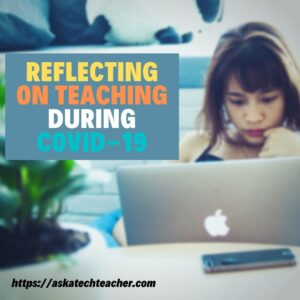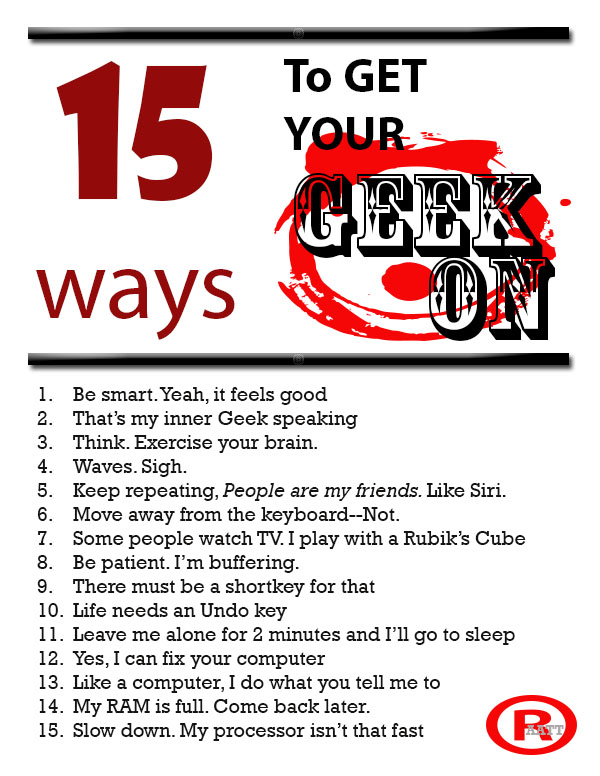Ask a Tech Teacher contributor, Christian Miraglia, taught for 36 years before retiring. He has some interesting reflections on the year that was the pandemic:
***
A Year to Remember, A Year to Reflect: Pandemic Instruction
Over the past year teachers have been bombarded by colleagues, administrators, and social media pundits on which platforms can best serve them and their students. As an experienced educator who has been in the forefront of technology integration, this past year seemed like a tidal wave. Nearpod or Pear Deck, Google Classroom or Canvas, Flipgrid or Adobe Spark? What did one do?
Road Map
Once it was determined by my school district that we were continuing with distance learning when the school year started in 2020, there was a flurry of activity from our district in an attempt to create some type of training for teachers, many who were winging it in the Spring 2020 semester. Most of the training was put together to assist teachers with the basics of integrating technology such as using Google Classroom or Canvas. The district stayed away from the mandate of having to use one platform exclusively. As far as the pedagogy for using any type of technology integration, it was lacking. I think this could be said for most school districts. And this gets to my point. How did a teacher decide what was the best fit for their students?
Looking Back on Instructional Design
Now that the school year is over I can genuinely reflect on how I utilized my go to applications and programs. First of all, as a veteran Canvas user I continued on my use of the LMS. For me it served multiple purposes. One, all assignments were created so that students could have access 24/7. I made sure that there were only two assignments a week with the final assignment being a type of assessment. It is important to note that going forward I would record video instructions using Flipgrid for my students who did not attend on a given day. Integrated in the instructions were screen recorded examples of what I wanted students to achieve in the form of the assignment. Canvas’s ability to allow for Learning Tool Interoperability (LTI) with applications such as Flipgrid, EdPuzzle, Google Drive, Quizizz made by decision quite easy. For students having everything in one location was key as it eliminated navigational confusion. Time and time again I heard parents complain about their children having to use four to five different applications and getting lost in the process. I cannot fault them, nor can I fault many of the teachers who had little experience in course design and the pedagogy behind it.
Simplicity in instructional delivery had to be in the forefront. Prior to the 20-21 school year I had used Pear Deck for my delivery platform. I found that its integration with Google Slides and its various engaging modalities such as the draw function, the written response, the quiz function and website function engaged the students in my history class. Moving into the distance long term distance learning phase having a delivery tool where students
SEL Component
It was ever apparent to me that without a Social Emotional Learning component integrated into my daily lessons, my students who were under considerable duress with family illnesses, layoffs, and myriad of other issues would not feel valued during this experience. That being said I utilized the various slides that Pear Deck offered which were check-ins, progress checks during the instruction, and assessments at the end of the lesson which provided me insight on the pulse of each individual student. One of the distinct advantages of using Pear Deck in this manner is that the teacher could modify the template to fit the need of their respective instruction for that day. Secondly, by using the teacher dashboard responses could be viewed immediately and feedback provided to the student. I did find that I was not able to complete this task daily as so many other variables such as connectivity and technical issues were factors that prevented the feedback.
Transitioning to the Next Phase
This past year revealed the complexities of distance learning, but that is not a reason to discard it. Throughout the nation school districts have found that there were students and parents alike who wanted to continue with this environment in the fall. If anything, the past year has revealed a profound need to provide equity in the education of our nation’s students. Moreover, it has provided insight to educators on their practice, the pedagogy of teaching in a remote environment, the selection of platforms, and the necessity of targeted professional learning for educators. For myself as an educator that is exiting the profession after 36 years and moving into a consultant role, the education continues. Diving into the virtual educational environment world and practices has demonstrated that teaching is more than selecting applications and creating lessons for consumption. Thoughtful reflection on who students are, their needs, skills, and abilities is vital for success in the classroom. Equally as important is the instructional design of each lesson, its accessibility and real-life application for students. Hopefully, as students return to the classroom after this marathon of pandemic education, the educational community will proceed with a purpose to address these areas. Already this summer, organizations such as ISTE, CUE, and individuals as well are offering online opportunities to address this need. But this effort must continue well into the future in order to best serve our students.
***
Bio
Christian Miraglia is a recently retired 36 year educator and now Educational Technology Consultant at t4edtech where he also blogs. He can be found on Twitter @T4edtech and on his YouTube Channel Transformative Edtech.
Jacqui Murray has been teaching K-18 technology for 30 years. She is the editor/author of over a hundred tech ed resources including a K-12 technology curriculum, K-8 keyboard curriculum, K-8 Digital Citizenship curriculum. She is an adjunct professor in tech ed, Master Teacher, webmaster for four blogs, an Amazon Vine Voice, CSTA presentation reviewer, freelance journalist on tech ed topics, contributor to NEA Today, and author of the tech thrillers, To Hunt a Sub and Twenty-four Days. You can find her resources at Structured Learning.





































